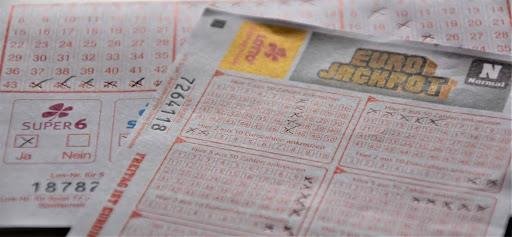Randomness, often perceived as chaos or disorder, holds a paradoxical charm that has intrigued scientists, artists, and philosophers alike. While the human mind is naturally inclined towards seeking patterns and predictability, the embrace of randomness can lead to a deeper appreciation of life’s inherent unpredictability. From the stochastic processes that govern natural phenomena to the deliberate introduction of randomness in art, this concept serves as a powerful tool for innovation and creativity.
Embracing Randomness in Daily Life
In everyday life, embracing randomness can lead to a richer and more fulfilling experience. Simple actions like taking a different route to work, trying new foods, or engaging in spontaneous activities can break the monotony of routine and introduce a sense of adventure. By letting go of the need for control and predictability, individuals can develop resilience and adaptability, qualities that are essential in a constantly changing world.
Moreover, randomness can enhance decision-making by reducing the cognitive biases that often cloud judgment. Techniques such as random sampling and blind testing are used in various fields to ensure objectivity and fairness.
Beyond the Brush: Randomness in Problem-Solving
The power of randomness extends far beyond the realm of art. In computer science, randomized algorithms offer efficient solutions to complex problems. Imagine searching a massive library for a specific book. A traditional, deterministic approach would involve checking each book one by one, an incredibly time-consuming process. However, a randomized algorithm could select books at random, statistically guaranteeing a high probability of finding the target book much faster. This principle applies to a multitude of areas, from optimizing search engines to designing efficient communication protocols.
Randomness also plays a crucial role in scientific discovery. Scientists use controlled randomness in experiments to explore various possibilities and avoid confirmation bias. For instance, during drug development, researchers might randomly assign participants to receive a new drug or a placebo to objectively assess its effectiveness. Similarly, simulations that incorporate elements of randomness can help scientists model complex natural phenomena, such as weather patterns or the spread of disease.
Randomness in Nature
Nature is a masterful artist that employs randomness to create intricate patterns and systems. The distribution of stars in the night sky, the seemingly haphazard arrangement of leaves on a tree, and the unpredictable paths of rivers are all examples of natural randomness. This randomness is not devoid of order but is governed by underlying principles such as the laws of physics and mathematics. For instance, the concept of fractals illustrates how complex structures can emerge from simple, repeated random processes. The beauty of a snowflake, with its unique, intricate design, is a testament to the aesthetic appeal of natural randomness.
The Role of Randomness in Art
Artists have long recognized the potential of randomness to break free from conventional forms and generate novel ideas. Surrealists like André Breton and Max Ernst embraced automatism, a technique that involved creating art without conscious control, allowing random elements to shape the outcome. Jackson Pollock, a prominent figure in abstract expressionism, employed a method known as “drip painting,” where he would fling or drip paint onto a canvas, letting gravity and chance dictate the final composition.
In contemporary art, randomness continues to inspire creativity. Digital artists use algorithms to generate random patterns and structures, creating works that challenge the boundaries of traditional aesthetics. The concept of generative art, where artists set parameters and let software produce random variations, showcases how randomness can lead to unexpected beauty and complexity.
Conclusion:
Whether it can be quantified in the randomness of some work of art or the randomness of you winning a hand in an online casino in the Philippines, the fact still persists that randomness creates specific patterns and systems that cannot be quantified in times. It challenges the conventional wisdom that seeks order and predictability, inviting us to explore the beauty and potential that lie in uncertainty.
